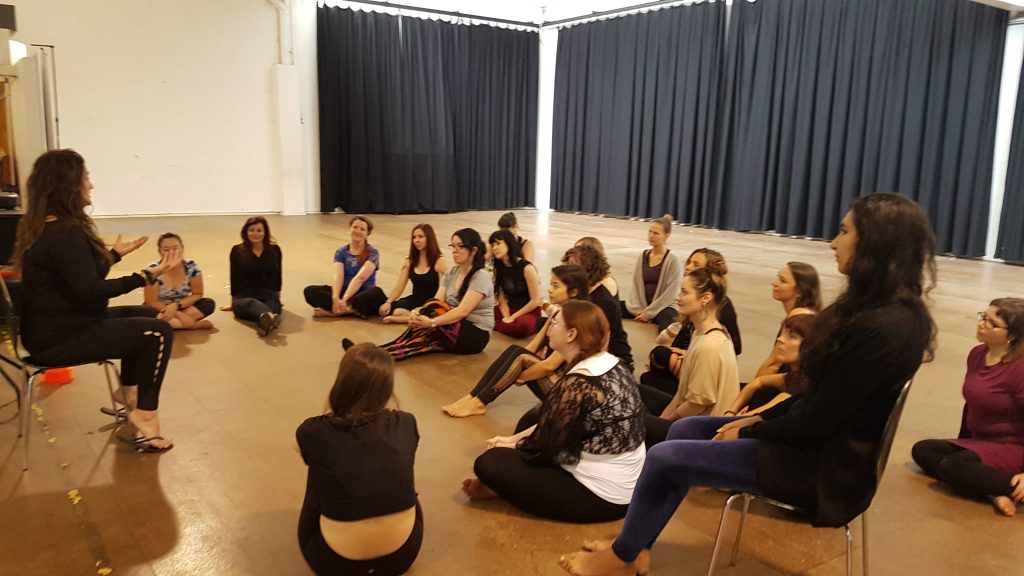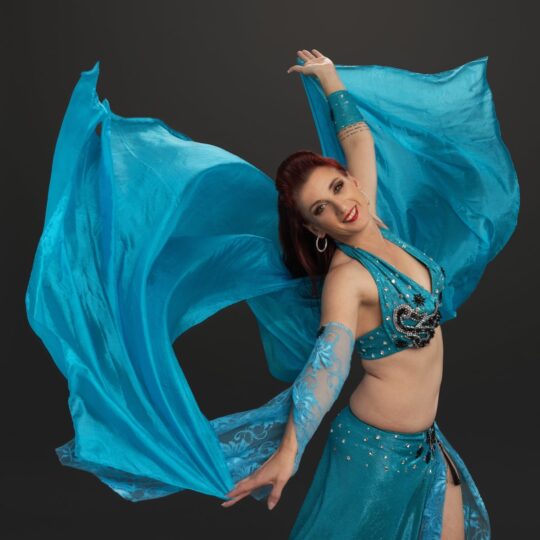Did you know that there is more to learning dance than just learning how to move your body? On this Chooseday, we are going to look into how you can get more out of your dance by learning more about it.
Every dance format has history. Our teachers learnt from someone, who likely learnt it from someone, who learnt it …. you get the idea.
What should I learn?
Now for the hobbyist, you may not care too much about where the dance comes from, you’re in it for the movement and the feeling of freedom it gives you, or the pleasure you get from feeling your body get a good workout. But you may also have a curiousity about why certain moves happen the way they do or even why specific music is used or is interesting.
But for anyone who is looking into dance as a career option, or even if you’ve got a burning curiousity, learning more about where the dance you are doing came from is a great thing. Researching can take on many forms, from books (like the ones pictured below) through to online journals and articles to even taking dance classes in other formats and styles!

In Salimpour School workshops, we start each of our day’s sessions with what is affectionately called “story time”. This is when Suhaila Salimpour will provide us context to the history of our dance and often ask questions of us that will have us jotting down notes of things we want to research further after class.
Books! Fabulous Books!
Another way to learn is to read. Books, blogs, random videos posted in Facebook, anything is fair game here. Just remember to not take any single source as the word of truth as often, authors only research as far as they are able to, this means that on occasion, they may not have the complete truth. If you cross reference what you are reading, you will often find that the work one author starts is finished by another who had different sources of information.
In the image at the top of this post is my current pile of books I am reading (or re-reading in some cases) which give me context and history on belly dance, plus also insights into how ballet, modern, jazz and tap dance all influence different parts of belly dance. Missing from that pile at the top of this post, are the two that are sitting beside me that are a part of my training at the Salimpour School – the Salimpour School Compendium and Jamila’s Article Book (which contains the school’s history and also the history of belly dance as experienced by Jamila Salimpour). These are essential reading for all Salimpour students, but also are useful for other belly dancers as it provides an insight into our roots.
What are you reading this Chooseday? If you are signed up for the Salimpour Melbourne workshops at the end of March, I’ll have a lot of these books at the workshops for people to take a look through.




